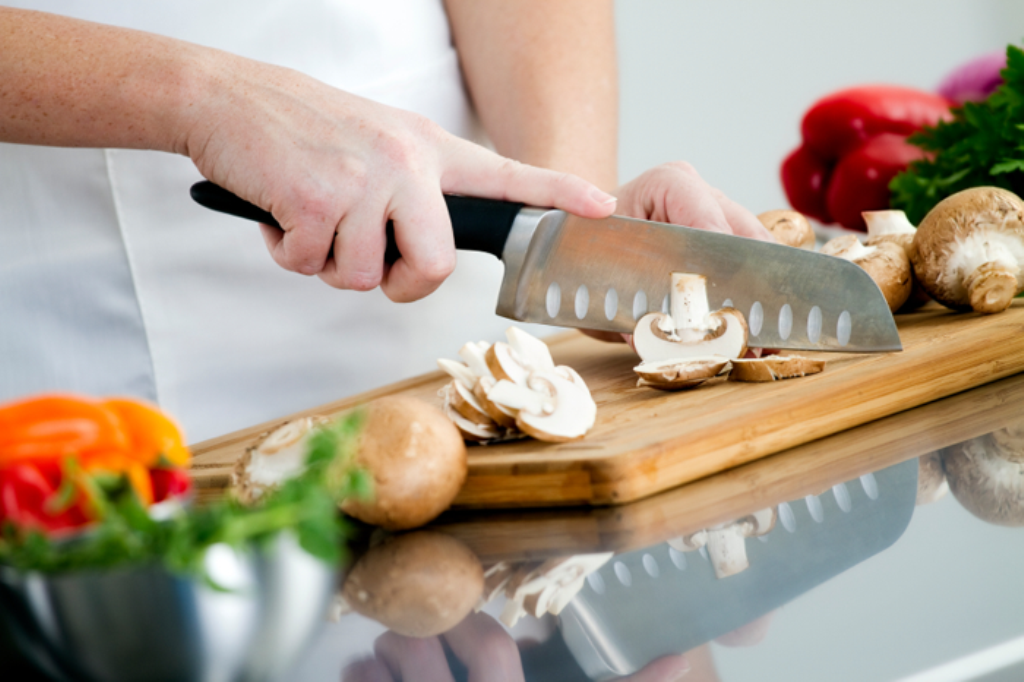Cleaning a white cutting board may seem straightforward, but there are key **techniques** and **sanitizing methods** that can make a significant difference. A clean cutting board not only looks better but also ensures **food safety**, especially when working in a professional kitchen setting.
In this article, we will explore **how to clean a white cutting board** to keep it in top condition and ready for your culinary creations. Whether you're chopping vegetables or slicing meats, maintaining the cleanliness of your cutting board is crucial for health and hygiene.

Why Are Cutting Boards Important?
Cutting boards are indispensable tools in any kitchen, especially for **kitchen professionals**. They provide a safe and stable surface for food preparation. White cutting boards, often made of plastic or composite materials, are popular because they resist staining and are easy to clean. However, they do require **regular maintenance** to avoid discoloration and bacteria build-up.
Understanding the Different Types of Cutting Boards
Before diving into cleaning tips, its important to understand the types of cutting boards available:
- Plastic Cutting Boards: Durable and dishwasher safe, but can scratch easily.
- Wooden Cutting Boards: Gentle on knives but require special care.
- Composite Cutting Boards: A blend of materials, often more durable than wood.
When to Clean Your Cutting Board
As a kitchen professional, you should clean your cutting board:
- After every use, especially when switching from raw meat to vegetables.
- If you notice any stains or odors.
- When preparing different food types to avoid cross-contamination.
Step-by-Step Guide on How to Clean a White Cutting Board
Heres a detailed guide to ensure your white cutting board is spotless and sanitary:
1. Gather Your Cleaning Supplies
To start, you will need:
- Hot water
- Dish soap
- White vinegar or lemon juice
- Baking soda (for stubborn stains)
- Soft brush or sponge
- Paper towels or a clean cloth
2. Rinse and Scrub
Begin by rinsing your cutting board with hot water. Then, apply a few drops of dish soap and using a soft brush or sponge, scrub the board gently, focusing on any visible stains.
3. Use Vinegar or Lemon Juice
If your board has stubborn stains or odors, spray it with white vinegar or squeeze lemon juice over it. Let it sit for a few minutes before wiping it with a clean cloth. This will help to naturally disinfect the surface.
4. Baking Soda for Tough Stains
For very tough stains, sprinkle some baking soda on the board after cleaning it with vinegar or lemon juice. Scrub gently with a damp sponge and rinse thoroughly with hot water.
5. Dry Thoroughly
After cleaning, dry the cutting board with a clean towel. Ensuring that the board is completely dry is critical because moisture can lead to mold and unpleasant odors.
Additional Tips for Maintaining Your Cutting Board
Regular maintenance can prolong the life of your white cutting board:
- Oil the Board: If its wooden, regularly oil it to keep it non-porous and to prevent warping. You can find out how to oil here.
- Rotate Boards: If you have multiple boards, rotate their usage to prevent wear and tear on one board.
- Storage: Store your cutting board in a dry area, avoiding damp conditions that promote bacteria growth.
Common Mistakes When Cleaning Cutting Boards
Avoid these missteps to keep your cutting board in perfect condition:
- Using harsh scrubbers can scratch the surface.
- Washing wooden boards in a dishwasher.
- Not allowing the board to dry completely after washing.

FAQs About Cleaning White Cutting Boards
What is the best way to remove stains from a white cutting board?
Using a mixture of baking soda and vinegar is highly effective for this. Apply the paste on the stained area, let it sit, then scrub and rinse.
Can I use bleach to sanitize my cutting board?
While bleach can sanitize, it is not recommended due to the potential for chemical residue. Instead, opt for vinegar or lemon juice for a safer alternative.
How often should I deep clean my cutting board?
Deep clean your cutting board at least once a week, or more frequently if you use it often or for raw meats.
For additional insights and tips, consider checking out this article.
As an Amazon Associate, I earn from qualifying purchases.


























